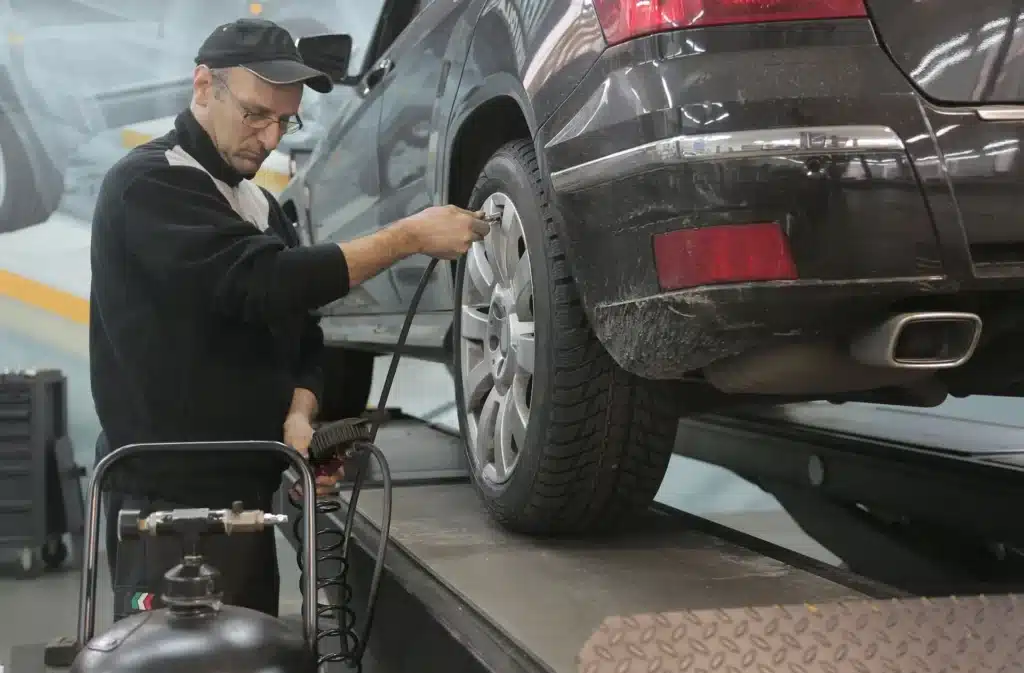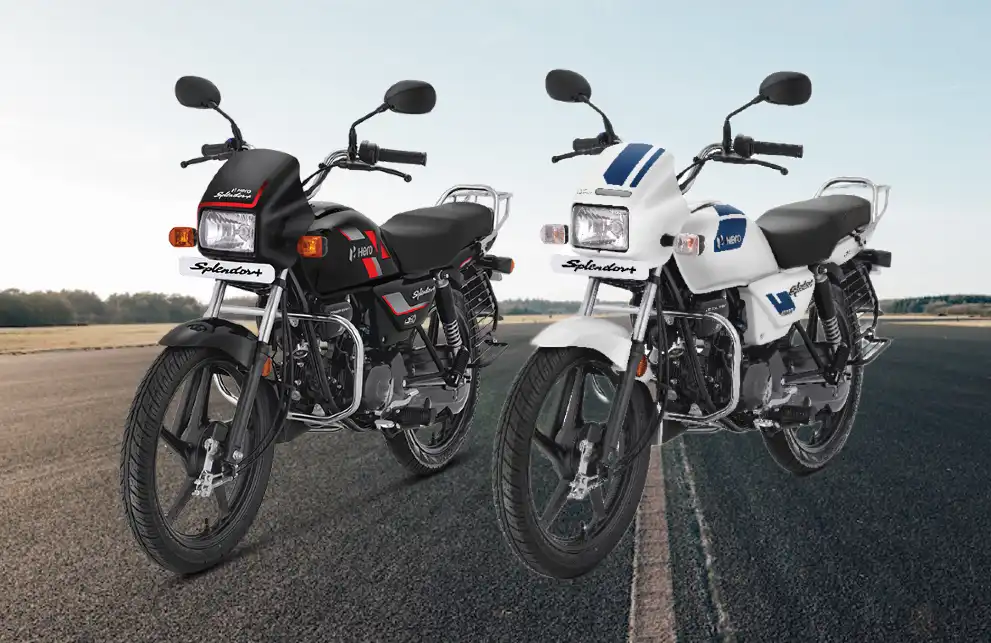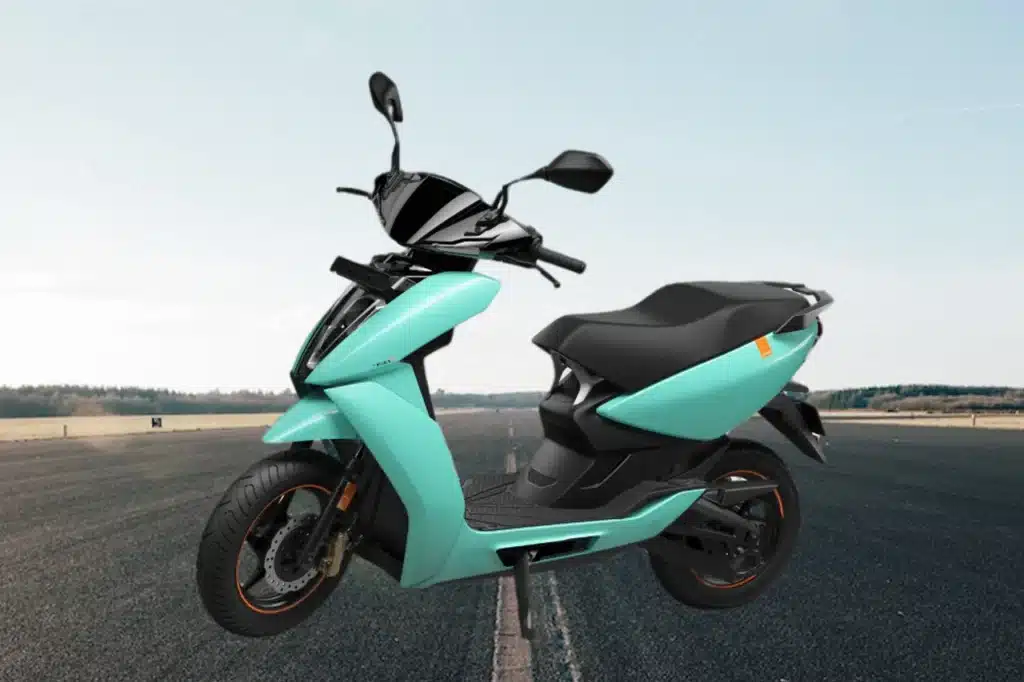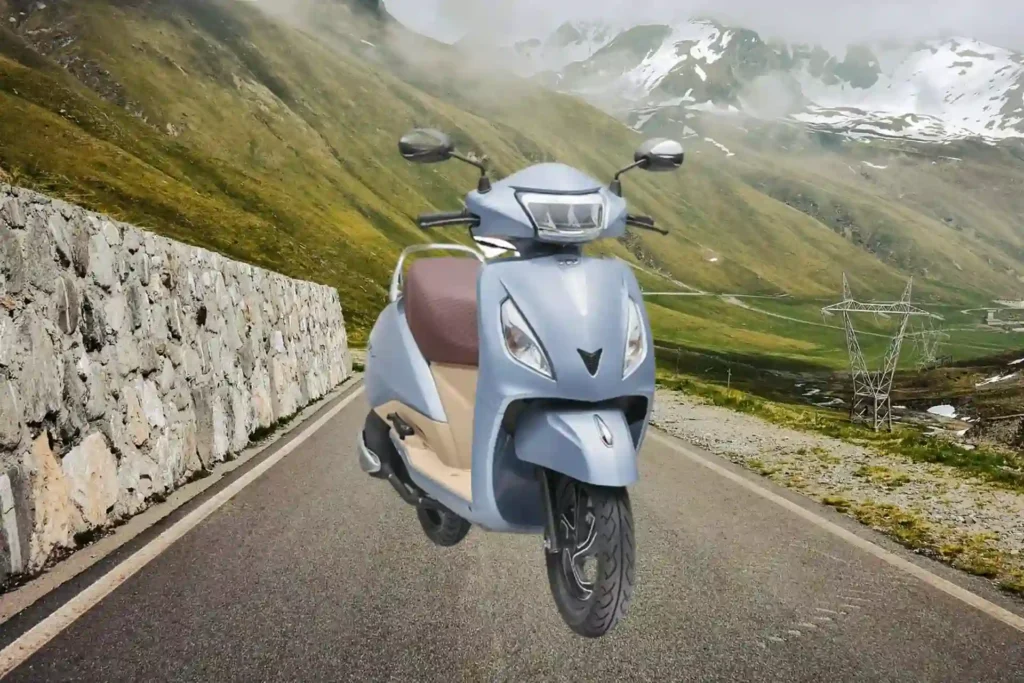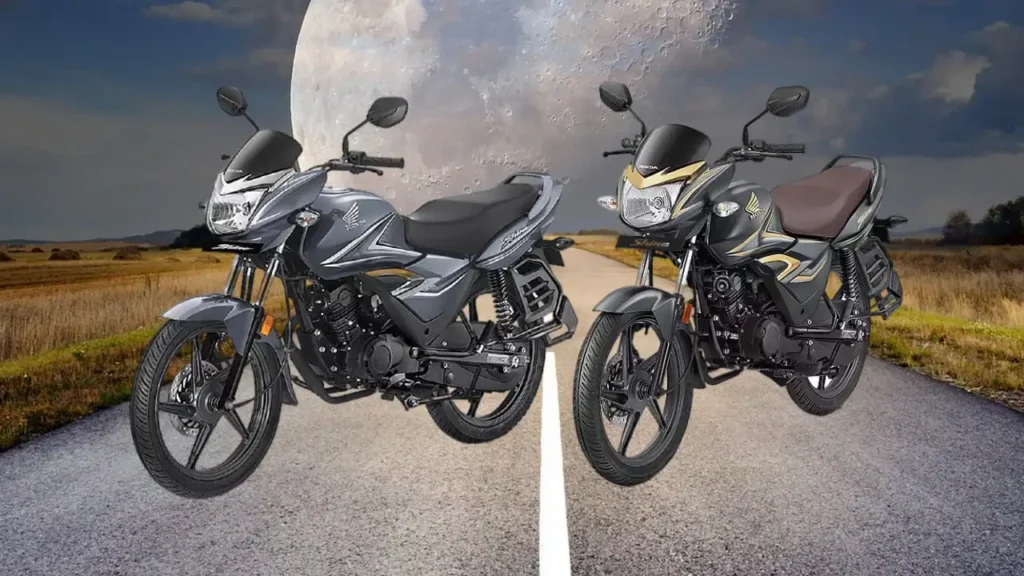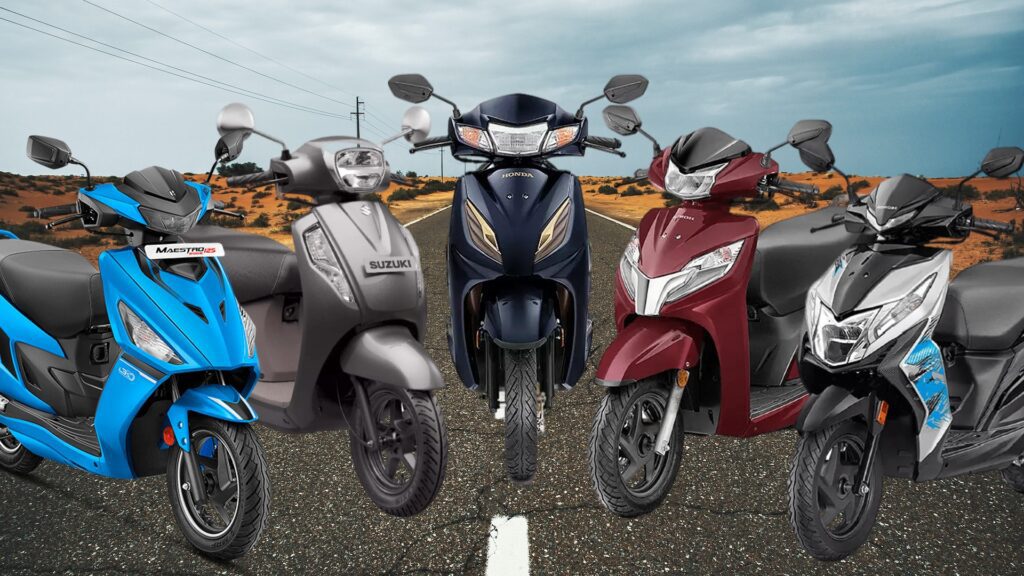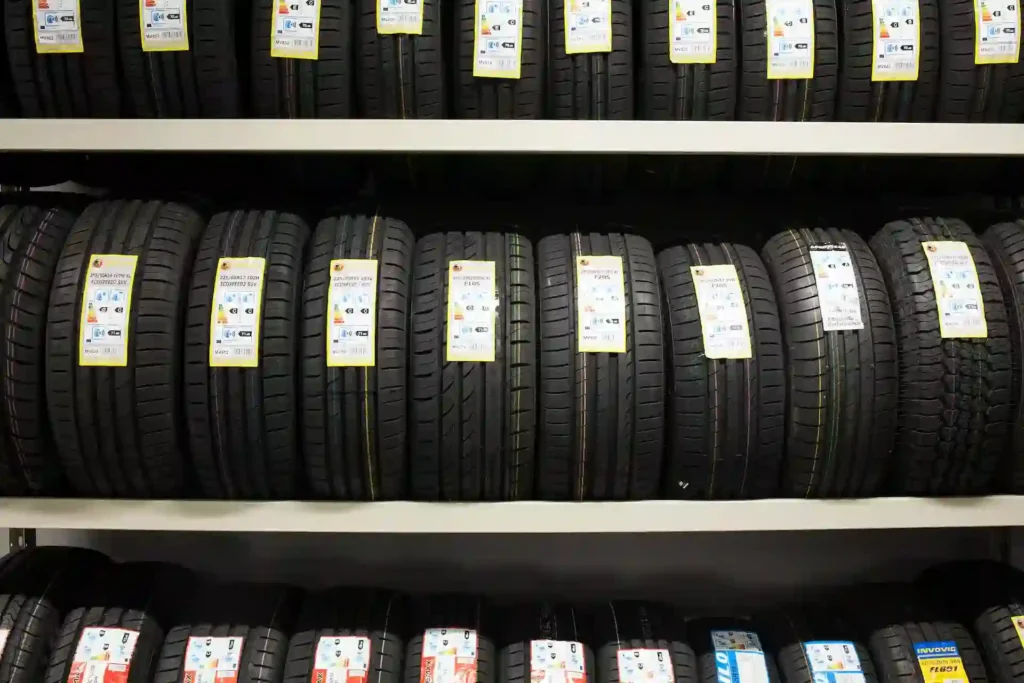Pros
- Longer Tyre Life
- Better Grip
- Better Fuel Efficiency
- Prevent Rim and Tyre Corrosion
- Prevent Tyre heating
- Reduces Pressure fluctuation
Cons
- Costlier than air
- May not available everywhere
Introduction
When it comes to inflating tyres, the choice between air and nitrogen is an important one. Although air is the traditional choice, nitrogen has become increasingly popular. This blog aims to explore the differences between air and nitrogen and help you decide which one is best for your vehicle.
Composition of Air and Nitrogen
Air is a mixture of gases consisting of 78% nitrogen, 21% oxygen, and 1% other gases such as argon, carbon dioxide, and neon. It is readily available at petrol pumps and tyre shops. In contrast, nitrogen is an inert gas that makes up 78% of the Earth’s atmosphere. It has been used in race cars and aircraft for years but has become more popular in passenger cars and light trucks.
Difference between Air and Nitrogen
The primary difference between air and nitrogen is the presence of oxygen. Air contains 21% oxygen, whereas nitrogen is almost pure, containing only about 1% oxygen. Oxygen is a reactive gas that can cause corrosion and rust in the tyre and rim. As time passes, oxygen in the air reacts with the rubber and metal in the tyre, leading to cracks, leaks, and tyre failure.
Benefits of using Nitrogen in tyres
Nitrogen, however, does not react with rubber or metal, so it does not cause corrosion or rust. Tyres filled with nitrogen last longer and are less likely to fail due to corrosion or rust. Additionally, it is a dry gas that does not contain water vapour, which can cause pressure fluctuations in the tyre and affect vehicle handling and performance. It eliminates this problem as it contains no water vapour.
Nitrogen also maintains tyre pressure longer than air. Nitrogen molecules are larger than oxygen molecules, so they do not leak out of the tyre as easily. Tyres filled with nitrogen maintain their pressure for a longer period, leading to better fuel efficiency, improved handling, and longer tyre life.
Drawbacks of using Nitrogen in tyres
Despite the many benefits of using nitrogen for tyre inflation, there are also some potential drawbacks to consider. One of the biggest drawbacks is the cost. Nitrogen is more expensive than air, and may not be readily available at all petrol pumps or tyre shops. This means that you may have to go out of your way to find a source for filling your tyres with nitrogen.
Conclusion
In conclusion, the decision to use air or nitrogen for tyre inflation depends on your driving habits and needs. Nitrogen offers benefits such as better pressure retention and reduced corrosion and rust, but it is more expensive and may not be available everywhere. Ultimately, the choice is yours.
Important Note when filling Nitrogen in Tyre
- Nitrogen and Air can be mixed together. If a tyre is filled with nitrogen, and if nitrogen is not available, air can be filled in the tyre and when nitrogen is available, air can be removed and nitrogen can be filled back again.
- Nitrogen is filled with the same pressure as air recommended by the vehicle Manufacturer.
- Nitrogen can be filled in any vehicle, but is mainly used in 2 Wheelers, Cars and Light Trucks.
- Nitrogen is highly recommended when travelling on an Expressway or on a long trip, as there is a higher chance of tyre blast filled with air during such conditions.
- Tyre must by completely deflated before filling Nitrogen.

